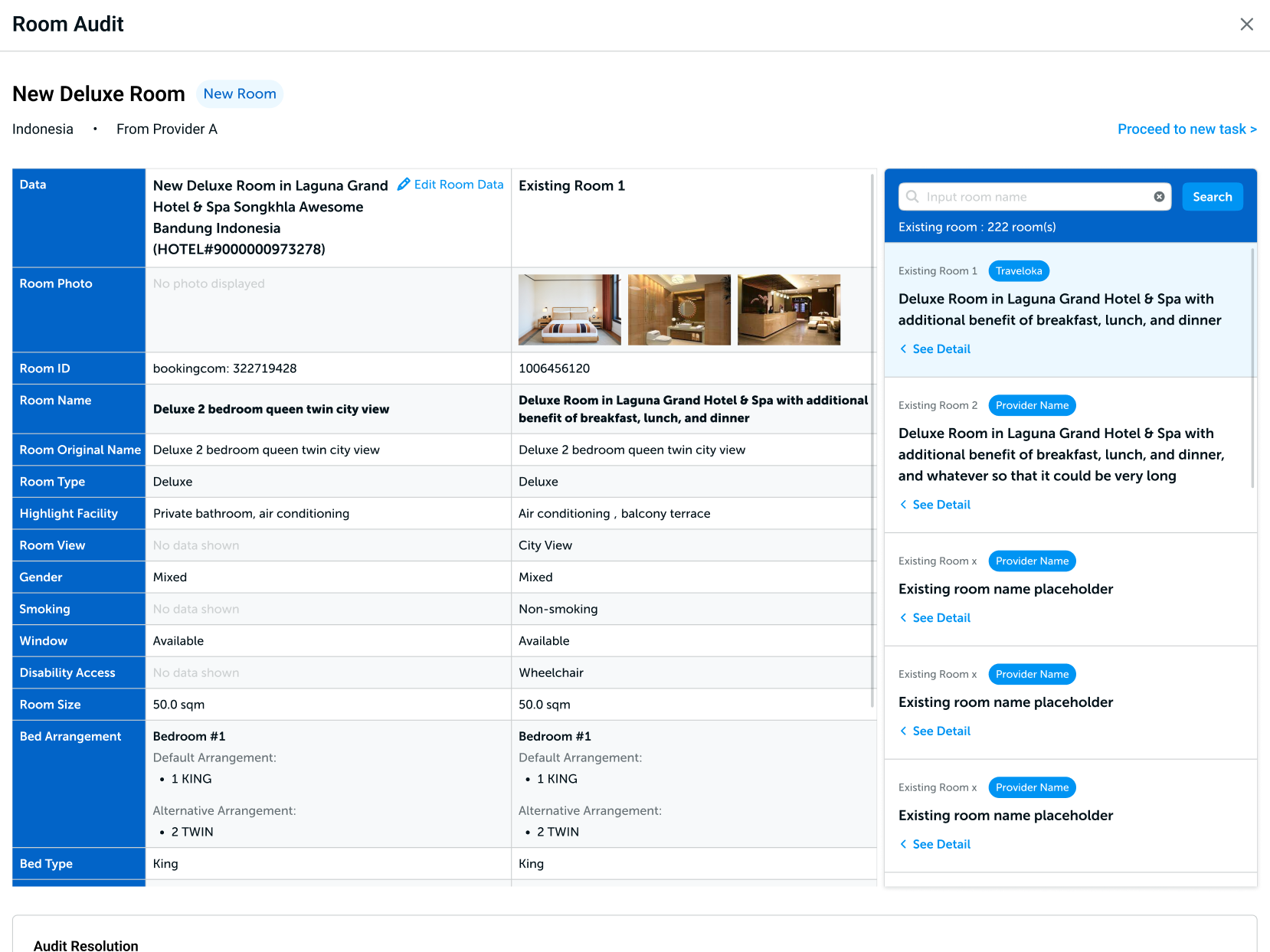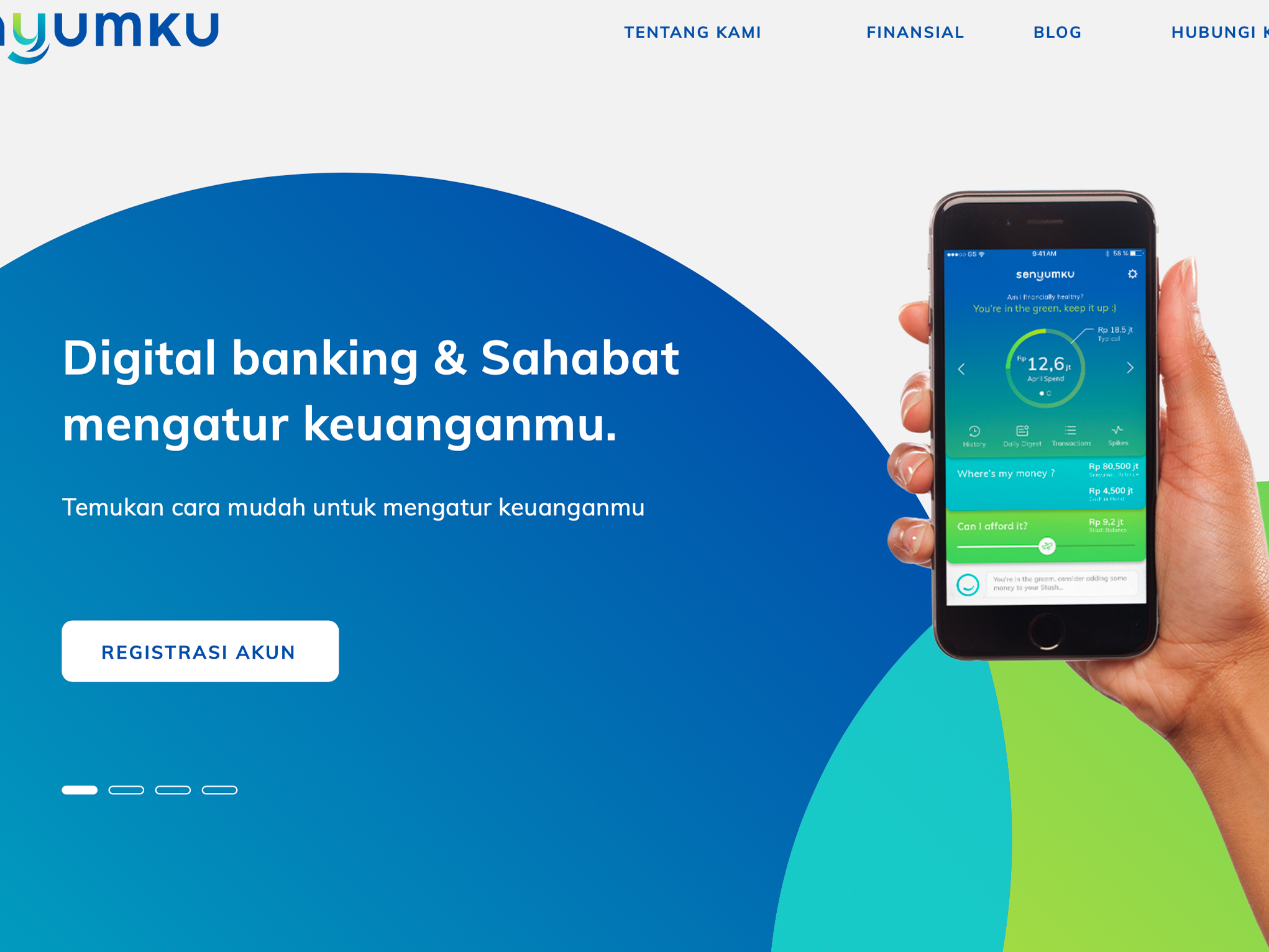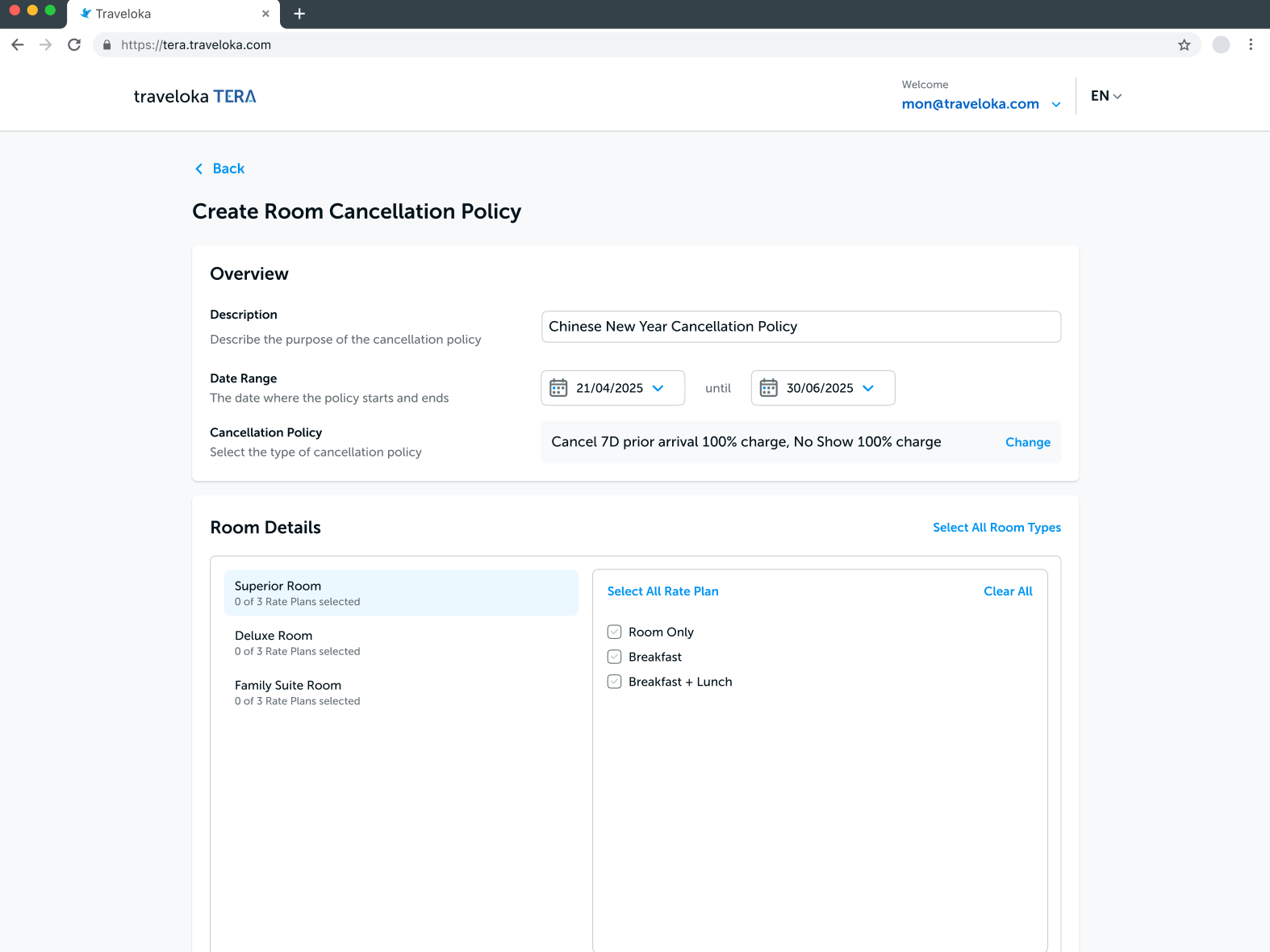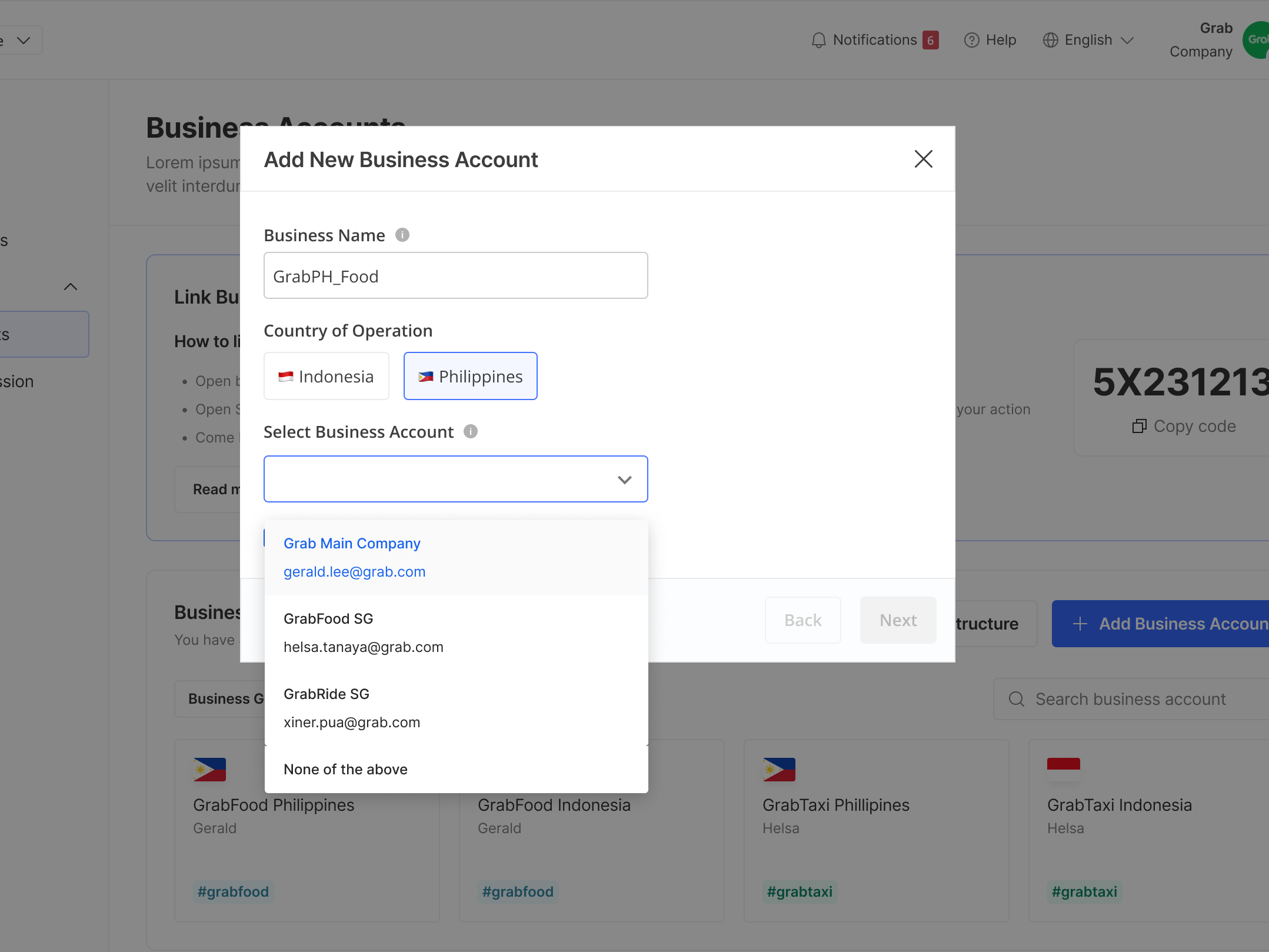Project Background
This project aimed to replace manual trading workflows with an integrated web system. The solution would centralize order instructions, track execution in real time, and ensure synchronization between the investment and dealing teams.
Role: Project Manager, Product Designer
Scope: Project Management, UX Strategy, Visual Design
Time: 3 months
Context Background
Henan Asset Management offers investment and asset management services to both retail and institutional clients. The company’s fund managers manage diversified portfolios across stocks, bonds, and deposits, consolidating these investments into mutual fund products.
Despite the financial scale and regulatory sensitivity of their operations, the order management process remained highly manual.
Existing Workflow
• Fund managers communicate with dealers via email or verbal communication.
• Once executed, completed orders are sent to Fund Admins for reconciliation and reporting in internal accounting and regulatory compliance.
Operational Risks
This manual process lacked transparency, and accountability, which creates friction and compliance risks across the workflow:
• Order records were scattered across emails, chats, and spreadsheets.
• Communication lacked structure, increasing risk of regulatory breach.
• No single source of truth existed for tracking order progress or verifying trade data.
Given Henan’s role as a licensed financial institution under the OJK (Indonesia Financial Services Authority), the absence of a reliable audit trail also posed significant compliance risks.


Problem
The existing trading workflow at Henan suffered from fragmentation, opacity, and inefficiency — all of which limited their ability to scale operations, ensure compliance, and evaluate performance objectively.
Goals
Enhance Transparency & Traceability
• Centralize all order creation and updates within a single digital platform
• Implement real-time order status tracking (from initiation to execution
Streamline Communication & Collaboration
• Facilitate smoother interaction between Fund Managers and Dealers with contextual updates and notifications.
• Reduce communication overhead by introducing clear order ownership and progress visibility
Improve Compliance & Operational Control
• Introduce built-in regulatory safeguards (e.g., trade limits, breach alerts).
• Ensure all trading data and decisions are captured, timestamped, and auditable.
How might we design an Order Management System that ensures transparency and data consistency while also enabling real-time monitoring and regulatory compliance?
Stakeholders Mapping & Workflow Analysis
I began the process by conducting stakeholders interview to understand their scope of responsibilities, needs and identify their pain points in the current workflow.
The goal of this process is to map out the new capabilities needed and design new flows that solve the current pain points.

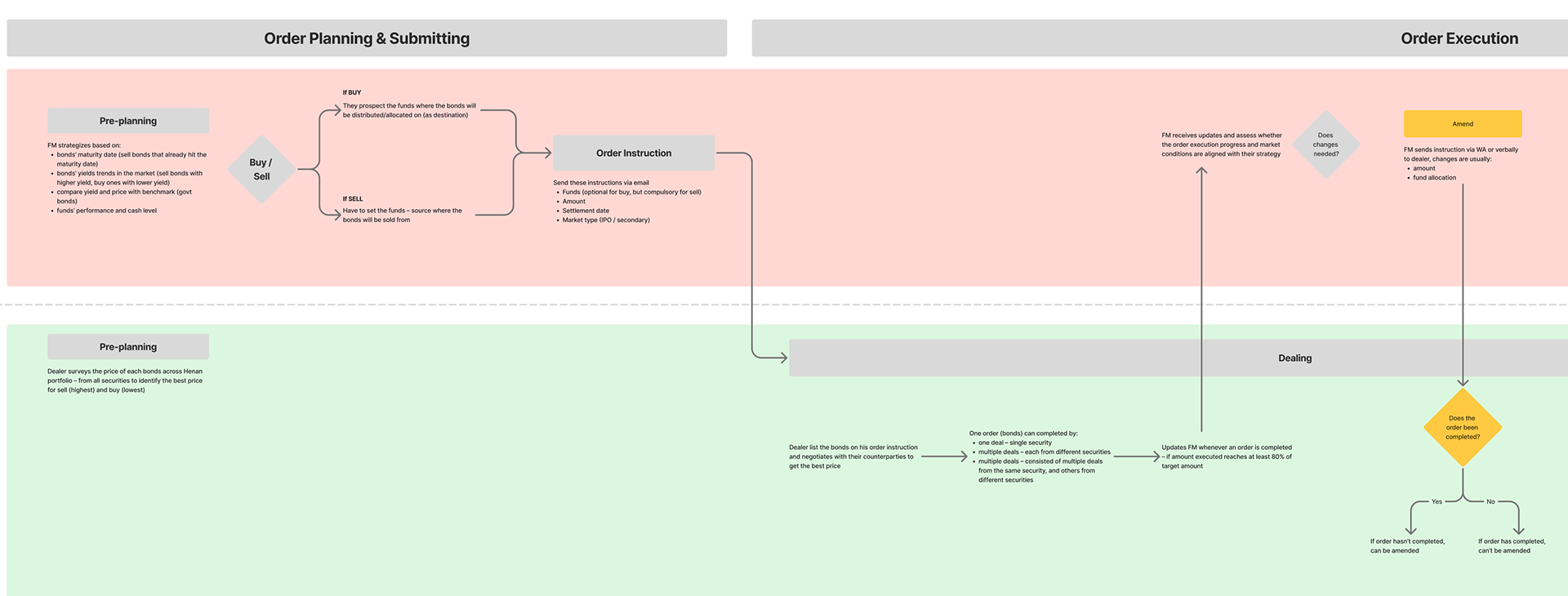
Workflow Redesign
Order Creation Flow (Fund Manager)
As the current workflow hasn't comply with industry best practice and regulation, I made some adjustment to the new steps, where Fund Manager is now required to:
• set the bond price;
• and fund for the destination where bonds will be placed (buy order), or source where the bonds will be sold from (sell order)
Order can be done from two entry points:
• Funds view: to place multiple orders of different bonds within 1 fund;
• Bonds view: to place multiple orders of a particular bond (buy or sell) across different funds


Order Execution Flow (Dealer)
I redesigned the order execution flow that suits dealer's practice, while also breaking it down to steps that can be systemized. This ensures the execution flow has clear status transition cycle – system can map out the relationship between user action and its order status movement.
Amendment Flow (Fund Manager <> Dealer)
I also need to provide a feedback loop mechanism between fund manager and dealer team, as they might need to change or adjust order instruction to adapt to the dynamic market conditions.
In the amendment flow, we allow fund manager to adjust their order instructions, but it will go through a validation process and the implementation is up to dealer's discretions. This is because completed order can no longer be canceled or changed.


Cancellation Flow (Fund Manager <> Dealer)
This is also part of feedback loop mechanism between Fund Manager and Dealer team. Unlike the amendment flow, no validation process is required to submit the request. However, its applicability is up to dealer's discretion because order that is almost complete can not be canceled anymore.


Order Lifecycle & Status
Order Status Transition
We invented two types of status to help users track the progress of their order.
Both are needed because order status relies on user activity and the execution of the deal. Order is regarded as "updated" once a deal is created, and its completion is determined by the total amount completed on deal level.
• Order Status: indicate the completion progress of orders, calculated based on the comparison between the executed amount (across all deals) and order's target amount
• Instruction State: indicate the steps taken to execute the order, based on user actions (e.g order is taken by dealer – acknowledged, a deal is created – updated, etc)
Order Lifecycle Logic
Order completion is treated differently based on its expiry period:
•GFD (good-for-day): order expires by end of day (market closing hour)
•GTC (good-til-call): order stays active for the next 30 days or till it's completed
I created simulations for both scenarios (GFD and GTC) to help engineers and QAs understand the logic. See below for one of the examples:
Architecture and Interaction Model
Product Architecture
The scheme below shows the structure and relationship between the modules, where the access and capabilities available on each module is tailored to each user role.
Order Tracking Module
To help user keep track of order progress and completion, I devised a system where orders are segregated on three tabs, where each tab lists orders based on its instruction state:
• New: orders that haven't been taken by dealer
• Ongoing: taken orders – ready to be executed by dealer
• Request: orders where fund managers placed amendment or cancellation request on
On the Ongoing tab, orders are separated by asset class (equity, bonds, time deposit) to keep access tailored to each fund manager's scope of responsibilities.
And on the order table, the orders are consolidated by bonds, where each group can contain multiple deals (nested).
Request tab serves as a singular tracker for all amendment and cancellation requests – allowing fund manager and dealing team to keep track of the request status (requested, approved, rejected).
Concept Validation
Before producing high fidelity design, I validated the user flows with all stakeholders:
• Fund managers and dealing team: to check whether it matched their needs and compliance requirements
• CTO and product team: to ensure it aligns with product vision and incorporate industry best practices
• Engineers and QAs: to assess technical feasibility and identify any corner cases that haven't been covered in the design
Overall, this process went quite smoothly as the majority of the requirements and flows had been aligned beforehand. Therefore, once the PRD and high fidelity designs are ready, they can be translated for development and testing.




Unified Dashboard with Role-Based View and Capabilities
The dashboard can be accessed by both fund manager and dealing teams to ensure orders and updates are trackable in a single platform. However, each team has different level of visibility and control, based on their user role.
Granular, Robust Order Creation Module
Fund manager can create order instruction from both Funds View and Bonds View page. On both pages, there's global settings and individual parameters on each row to enable them to apply and create orders on bulk, or manually through granular settings.
Layered Validations to Maintain Order Accuracy and Compliance
Provide validation on multiple touch points to prevent user from exceeding cash limit or breaching OJK regulations and internal policies. They can also view the impact of their order instructions through preview.
Real-time Order Execution Tracking
We created an ecosystem that integrates in-app notifications, ticket counters and order execution module that are visible to both fund managers and dealing teams. This enables them to keep track of the progress on order execution and completion rate in real-time.
Order Execution Module
Dealers can easily create deal, edit and delete existing deal, and add new ones. This flexibility is necessary to accommodate dealer's workflow:
• Dealer may create multiple deals with different counterparties or same ones in order to fulfill order's target amount
• Deals can only be created after order is taken, because dealer needs to identify the counterparties that offer the best price before negotiating a deal with them
The reasons above become the foundation of the order execution module.
Request and Approval System
Request to change or cancel submitted order instruction can be done, but require validation (to prevent regulatory and trade limit breach) and approval by dealer.
Outcome
This solution impacts the performance and governance of Henan's business operations:
• Simplify reconciliation and reporting: the dashboard streamlines communication across teams, while also providing a more accurate audit trail – reducing manual reconciliation time and error through data consistency.
• Enable data-driven insights: order data points enable fund manager and dealing teams to measure their performance:
• FM: Effectiveness of investment strategy (order impact on portfolio).
• Dealer: Efficiency and accuracy in order execution.
• Counterparties: Responsiveness and transaction fulfillment rate.
Both the dashboard and data points support continuous improvement and transparent accountability.
Key Learnings
Challenges faced in this project:
• Deep domain expertise – managing this project proved to be very challenging as it required me to learn financial market and industry regulation quickly. I have to learn their whole ecosystem (each team's workflow, tools and coordination with other departments) in order to produce a comprehensive system design that answers every possible scenario while also improving it in order to meets industry best practice and regulation.
• Complexity in designing a robust, scalable system – as I was also the designer of this project, I had to create a mini design system that allows me to make multiple flows and iteration quickly. This means creating a list of components for each modules and versioning to document their individual states.
